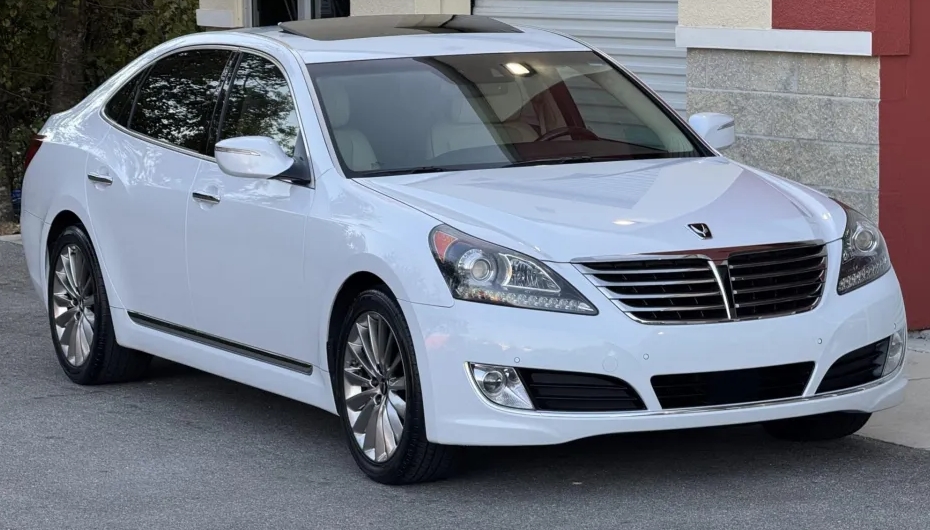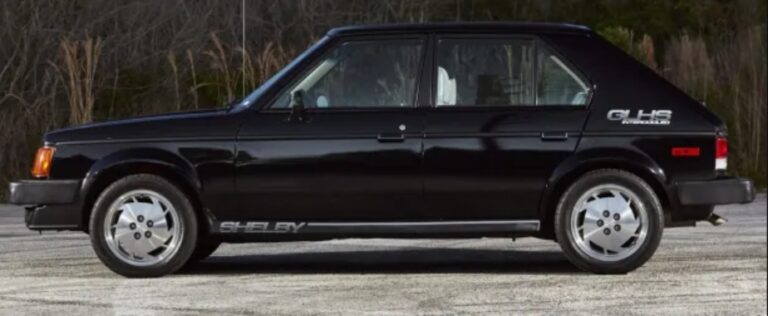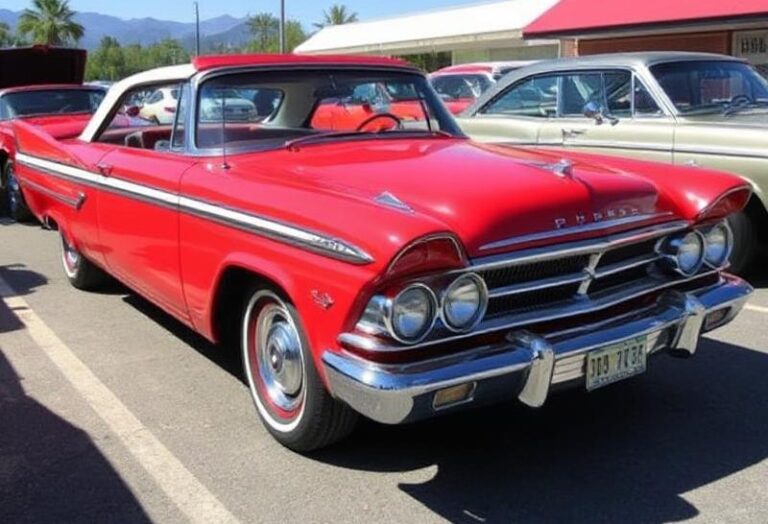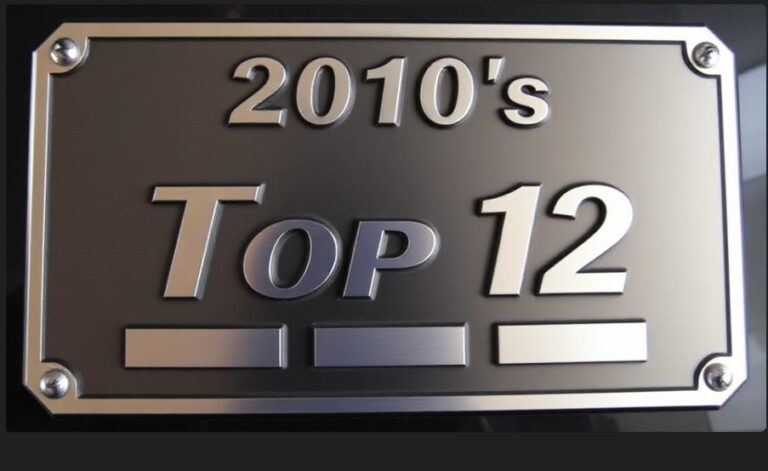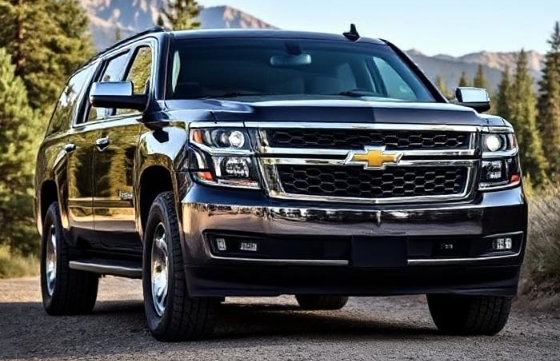Hyundai’s Royal Gambit: The Unlikely Evolution of the Equus
In the landscape of automotive history, few stories are as compelling as a budget brand’s audacious leap into the fiercely competitive luxury arena. For Hyundai, that leap was embodied by a single, potent name: Equus. Latin for “horse,” the name signified power, prestige, and a thoroughbred ambition to challenge the established German and Japanese titans. The Hyundai Equus was more than just a car; it was a statement, a rolling declaration of intent that served as the crucial bridge between Hyundai’s past as a value-oriented manufacturer and its future as the parent of a legitimate luxury marque. Its evolution from a domestic market flagship to a global contender is a masterclass in calculated risk and relentless engineering.
The First Generation (1999–2009): A Domestic Champion’s Rise
The story of the Equus begins not in isolation, but as a strategic partnership. In the late 1990s, Hyundai, already a dominant force in South Korea, sought to create a true flagship sedan to serve its nation’s elite—corporate executives, government officials, and dignitaries. To expedite development and share costs, Hyundai collaborated with Mitsubishi Motors of Japan. The result was a platform-sharing project that produced the Hyundai Equus and its Japanese cousins, the Mitsubishi Proudia (standard wheelbase) and the Mitsubishi Dignity (long wheelbase).
Launched in 1999, the first-generation Equus (codename LZ/YJ) was a product of its time: a large, stately, front-wheel-drive sedan with conservative yet imposing styling. Its primary mission was to displace foreign luxury imports within the Korean Domestic Market (KDM). It was offered in two primary forms: a standard sedan and a stretched limousine version, often featuring a distinct “Limousine” badge on the C-pillar.
Models and Trim Levels (Primarily for KDM):
The trim levels for the KDM-focused first generation were generally tied to engine displacement:
JS300/JS350: These models were equipped with Hyundai’s 3.0L or 3.5L Sigma V6 engines. They served as the entry point into the Equus family.
VS450: This was the top-tier model, and its powerhouse was the most significant fruit of the Mitsubishi partnership: a 4.5L GDI (Gasoline Direct Injection) 8A80 V8 engine.
This advanced, all-aluminum engine produced around 260-270 horsepower and was a technological showcase for its time, providing smooth, authoritative power befitting a luxury flagship.
VL450 (Limousine): The long-wheelbase version, offering an enormous amount of rear legroom, was almost exclusively equipped with the 4.5L V8. It was the chariot of choice for South Korea’s most powerful figures, and Hyundai even produced armored versions for presidential use.
In 2003, the Equus received a significant facelift. The exterior was revised with a more prominent grille and updated headlamps, bringing its aesthetics more in line with the evolving trends of the new millennium. Inside, the technology and materials were upgraded to maintain its competitive edge. Crucially, during this period, Hyundai began developing its own V8 engine, the Tau. While the Mitsubishi-derived V8 powered most of the first generation, the successful development of the Tau V8 was a pivotal step towards Hyundai’s technological independence, a move that would define the next chapter of the Equus story. For a decade, this first-generation Equus ruled the luxury market in South Korea, cementing its status as a national symbol of automotive achievement.
The Second Generation (2009–2016): The Global Offensive
If the first Equus was a domestic hero, the second generation (codename VI) was a global declaration of war. Unveiled in 2009 and developed entirely in-house over three years at a cost of nearly half a billion dollars, this new Equus was a complete departure from its predecessor. It shed its front-wheel-drive, Mitsubishi-based roots for a sophisticated, rear-wheel-drive platform (the BH-L architecture) shared with the Hyundai Genesis sedan. This wasn’t just a new car; it was a new philosophy.
The design was more fluid and modern, clearly benchmarking the likes of the Lexus LS and Mercedes-Benz S-Class. The long hood, powerful stance, and clean lines spoke a universal language of luxury. Hyundai loaded the car with every conceivable piece of technology at its disposal: an electronically controlled air suspension, adaptive headlamps, lane departure warning, and a state-of-the-art driver information system.
The most significant change, however, was Hyundai’s decision to take the Equus global, specifically targeting the most discerning and brand-conscious automotive market in the world: the United States.
The North American Launch (2011 Model Year):
The US-spec Hyundai Equus landed in late 2010 as a 2011 model, creating a seismic shock in the industry. Hyundai understood that selling a car with a price tag north of $60,000 required more than just a great product; it required a groundbreaking ownership experience to overcome brand snobbery. To this end, they introduced an innovative sales model. Prospective buyers could schedule an “at-home” test drive where a specialist would bring the car to their home or office. The owner’s manual was replaced with a pre-loaded Apple iPad. And most importantly, all service and maintenance were handled via a valet program—a dealer would pick up the Equus from the owner’s location, leave a Genesis sedan as a loaner, and return the serviced car, all at no extra cost.
For its US debut, Hyundai simplified the lineup into two exceptionally well-equipped trims. There were no confusing packages or à la carte options; the choice was simple.
2011–2013 Models:
Engine: The sole engine was Hyundai’s own highly acclaimed 4.6L Tau V8, producing 385 horsepower and 333 lb-ft of torque, paired with a 6-speed automatic transmission.
Equus Signature: This “base” model was anything but. Standard features included a 17-speaker, 608-watt Lexicon 7.1 discrete audio system (the same audio supplier as Rolls-Royce), electronically controlled air suspension with continuous damping control, heated and cooled front seats, a heated wood-and-leather steering wheel, premium leather seating, navigation on an 8-inch screen, and a full suite of safety technologies. It was a spec sheet designed to make its German rivals blush.
Equus Ultimate: For a few thousand dollars more, the Ultimate trim transformed the Equus from a luxury sedan into a personal limousine. It added to the Signature’s features with a forward-view cornering camera, a power trunk lid, and most lavishly, a completely reconfigured rear passenger experience. The 60/40 split rear bench was replaced with two individual power-reclining rear seats, separated by a large console. The right-rear “VIP” seat featured power-adjustable leg support, a massage function, and heating and cooling. The console housed a thermoelectric refrigerator, and a DVD entertainment system with an 8-inch screen folded down from the headliner.
The Mid-Cycle Refresh (2014–2016 Models):
For the 2014 model year, the Equus received a substantial refresh that further sharpened its competitive edge. The updates were comprehensive, addressing both performance and interior refinement.
Engine and Drivetrain Upgrade: The 4.6L V8 was retired in North America in favor of a more powerful, direct-injected 5.0L Tau GDI V8. This new engine boosted output to an impressive 429 horsepower and 376 lb-ft of torque. The transmission was also upgraded to Hyundai’s smooth and efficient in-house 8-speed automatic. The air suspension was retuned by Lotus for improved ride and handling balance, adding Normal and Sport modes to give the driver more control.
Exterior and Interior Redesign: The exterior saw subtle but effective changes, including a new, more modern grille with thinner chrome bars, redesigned 19-inch turbine-style wheels, and new LED fog lamps. The interior, however, received a complete overhaul. The previously Lexus-inspired dashboard was replaced with a more contemporary, driver-focused design. A larger, fully digital 12.3-inch TFT LCD instrument cluster was introduced, and the center console was modernized with a new layout and higher-quality materials.
Revised Trim Levels: The Signature and Ultimate trim structure remained, but the feature list was enhanced.
2014–2016 Equus Signature: It now included a larger 9.2-inch center display screen for the infotainment system, blind-spot detection with rear cross-traffic alert, and the three-mode (Normal, Sport, Snow) driver-selectable suspension settings.
2014–2016 Equus Ultimate: The Ultimate continued to be the pinnacle of luxury. The single-screen rear entertainment system was upgraded to a dual-screen setup with 9.2-inch monitors mounted on the back of the front seats. A multi-view camera system and a head-up display were also added, further bolstering its technological credentials.
.
Many car aficionados have multiple hobbies, like boating as well as auto stuff. Those who don’t already own a boat (and even some that do), may have thought about building their own boats. It’s really not as hard as you’d think. Just take a look at these easy boat building plans!

.
The End of an Era and a New Beginning
The 2016 model year marked the end of the road for the Hyundai Equus nameplate. But the car did not die; it graduated. Hyundai had successfully used the Equus and the Genesis sedan to test the waters of the luxury market. The experiment was a success, proving that the company could build vehicles that competed on quality, technology, and refinement, even if the badge on the hood still gave some buyers pause.
In late 2015, Hyundai announced the launch of Genesis as its standalone luxury division. The mission that the Equus had so valiantly undertaken was now the core purpose of an entire brand. The spiritual successor to the Equus became the flagship of this new marque: the Genesis G90. The G90 was, in essence, the third-generation Equus, redesigned, further refined, and finally wearing a badge that matched its premium aspirations.
The legacy of the Hyundai Equus is one of profound significance. It was a vehicle that single-handedly challenged perceptions and shattered brand ceilings. It demonstrated Hyundai’s engineering prowess, its long-term vision, and its unwavering ambition. While it may never have outsold its German rivals, it served its purpose perfectly: it was the vanguard, the bold challenger that paved the way for the Genesis brand’s arrival. The Equus was Hyundai’s royal gambit—a risky and audacious move that ultimately paid off, forever changing the trajectory of the Korean automotive giant.
